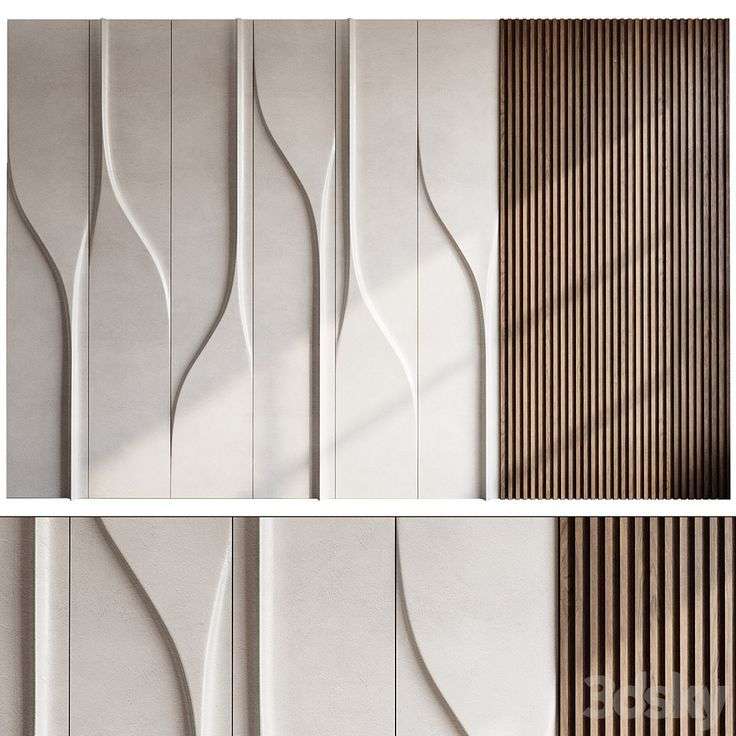When it comes to interior design, it’s often the small details that make a space feel complete. One of the most versatile and impactful elements of any room is soft furnishings. These decorative and functional pieces—including cushions, curtains, throws, rugs, and upholstery—serve as the finishing touch to your home’s decor. At Scale & Structure, we believe that soft furnishings are essential in creating a space that feels cozy, stylish, and personalized. In this blog, we’ll explore the role of soft furnishings in home decor and how you can use them to elevate the comfort and aesthetics of your space.

1. Enhancing Comfort and Functionality
Soft furnishings are all about comfort. Whether you’re curling up on the couch with a good book or lounging in your bedroom, soft furnishings make spaces more inviting and cozy.
How soft furnishings enhance comfort:
- Cushions and Throws: Adding plush cushions and soft throws to your sofas and chairs can turn a hard, cold surface into a warm, inviting spot. These elements provide extra support and comfort while also giving you the flexibility to change the look of your furniture.
- Rugs: Area rugs are not only beautiful but also add a soft surface to hard floors, creating a comfortable underfoot experience. They also provide sound insulation, making a room feel cozier and more intimate.
- Upholstered Furniture: Sofas, armchairs, and ottomans with soft upholstery make spaces feel luxurious and comfortable. The right fabric can add an extra layer of warmth and softness, perfect for lounging.
Scale & Structure Tip: Choose soft furnishings that provide both comfort and style. A mix of textures—like velvet cushions or wool throws—can make your space feel more tactile and inviting.
2. Adding Color, Pattern, and Texture
Soft furnishings are a fantastic way to introduce color, pattern, and texture into a room without making permanent changes. Whether you’re aiming for bold contrasts or subtle harmony, these accessories can help set the mood of your space.
How to use soft furnishings for color and pattern:
- Cushions and Throws: If you prefer a neutral palette for your walls and furniture, cushions and throws are an easy way to introduce pops of color or eye-catching patterns. For example, bright, colorful cushions can add vibrancy to a neutral-toned sofa.
- Curtains and Blinds: The fabric and color of your curtains or blinds can dramatically affect the mood of a room. Light, airy fabrics like linen let in more light and create a soft, relaxed atmosphere, while heavier drapes in rich colors or patterns create a more formal, dramatic look.
- Rugs: An area rug can introduce texture and pattern that pulls together the various elements in a room. Whether it’s a bold geometric print or a soft, handwoven design, rugs are great for creating visual interest and grounding the space.
Scale & Structure Tip: To avoid overwhelming a room with too much pattern, consider limiting the number of different prints. Pair patterned cushions with solid throws or opt for a subtle design to complement a more vibrant piece.
3. Creating a Sense of Style and Personalization
Soft furnishings provide an excellent opportunity to express your personality and style preferences in your home decor. They offer a low-commitment way to try out new design trends or personalize a space to reflect your tastes.
How soft furnishings reflect your style:
- Modern and Minimalistic: Opt for neutral cushions, sleek lines, and simple fabric choices to create a clean, uncluttered look. Soft furnishings in minimalist designs focus on quality and understated elegance.
- Bohemian and Eclectic: Layer different textures, vibrant patterns, and vintage-inspired pieces. Mix and match bold colors and prints to create a relaxed, eclectic vibe that reflects individuality.
- Traditional or Classic: For a timeless look, go for rich fabrics like velvet or silk in solid colors or classic patterns, such as stripes or florals. Incorporate luxurious throws, tassel-trimmed cushions, and elegant drapery to create a sophisticated atmosphere.
Scale & Structure Tip: Choose soft furnishings that complement your existing furniture and color scheme. If you’re starting from scratch, select a few key pieces, like a statement rug or a set of cushions, that set the tone for the rest of your design.
4. Creating Balance and Harmony
Soft furnishings can also help bring balance and harmony to a room by softening hard edges and creating a sense of cohesion between different elements of the space. This is especially important in modern or contemporary interiors, where furniture and architecture can sometimes feel sharp or cold.
How soft furnishings promote balance:
- Rugs and Cushions: Adding soft elements like a rug or cushions can help break up a space, creating a visual flow that balances out large furniture or architectural features. For example, a large rug in a neutral tone can help balance the visual weight of a large sofa, while cushions add variety and shape to seating arrangements.
- Textural Contrast: The contrast between hard surfaces (like wood or metal) and soft furnishings (such as fabric and textiles) creates visual interest and balance. Soft textiles add warmth and comfort, which helps soften the more rigid, structured elements in a room.
- Curtains and Upholstery: Drapes or upholstered furniture can serve to visually soften stark architectural lines, contributing to a more relaxed, cohesive atmosphere in the room.
Scale & Structure Tip: To maintain a balanced look, keep proportions in mind when choosing your soft furnishings. If your room features bold furniture or decor, opt for more neutral or subtle fabrics in your soft furnishings to avoid overwhelming the space.
5. Seasonal Flexibility
One of the best aspects of soft furnishings is their versatility. Unlike permanent fixtures, soft furnishings can be easily changed to reflect the season, allowing you to update the look and feel of your home without much effort.
How to change your soft furnishings seasonally:
- Summer: Lighten up your space by swapping out heavy throws and dark cushions for lighter fabrics in fresh colors like pastels or neutrals. Linen or cotton throws work well for the summer months, providing a cool and breathable option.
- Winter: In colder months, bring warmth into your home by using thick, cozy throws, plush cushions, and deeper colors. Textured fabrics like wool, faux fur, and velvet add a sense of luxury and comfort.
- Spring and Fall: Switch between light and vibrant patterns in the spring, and go for richer tones like deep oranges or earthy browns in the fall. Layering textures and colors in these transitional seasons can create a cozy, welcoming atmosphere.
Scale & Structure Tip: Store off-season soft furnishings in a safe, organized way to make room for your current seasonal choices. This allows you to enjoy your space year-round while keeping it fresh and in line with the time of year.



